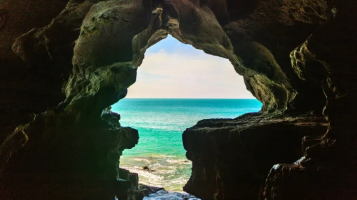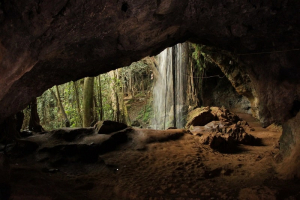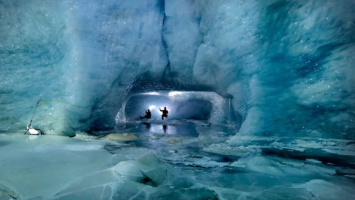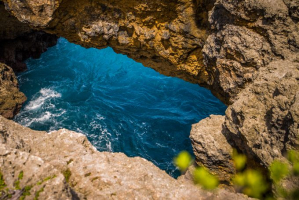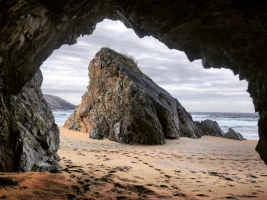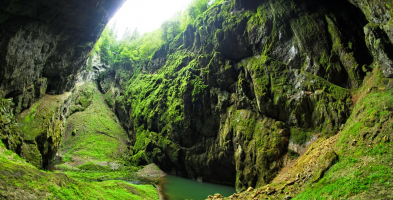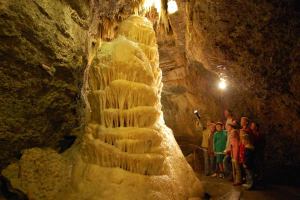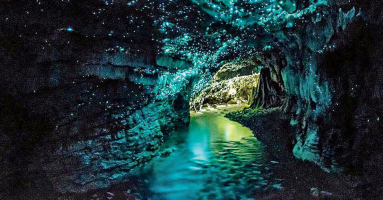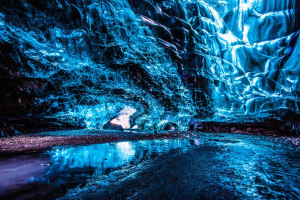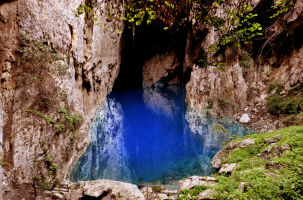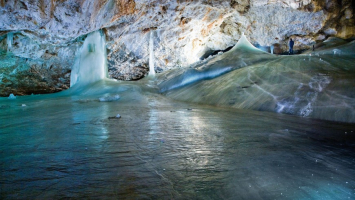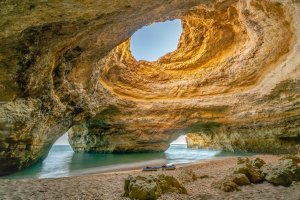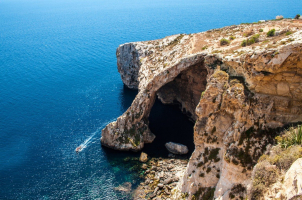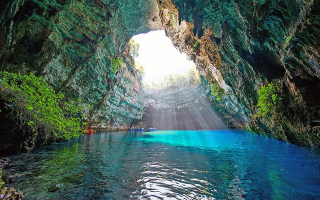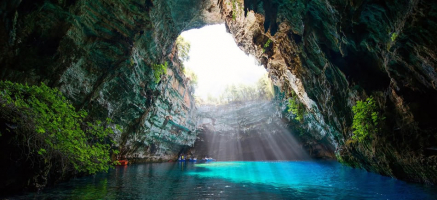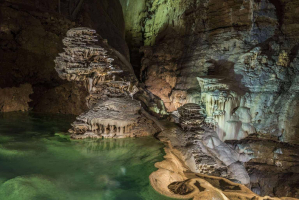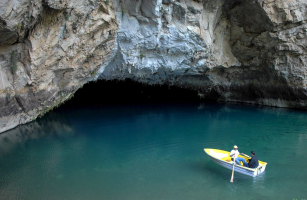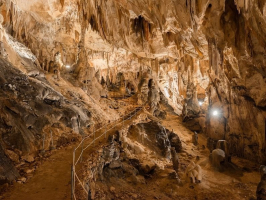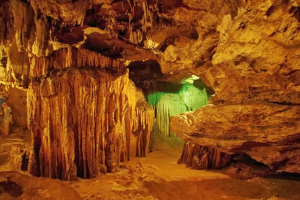Top 10 Most Beautiful Caves in Mexico
Nature always brings interesting things to people. Changes in weather, earthquakes, the effects of nature... over a long period of time have created wonderful ... read more...natural caves in the world that make people amazed. Currently, exploring caves is becoming a passion for every tourist. In particular, when it comes to the magnificence of the caves, it is impossible not to mention Mexico - the country with one of the most beautiful caves in the world.
-
One of the masterpieces formed by the evaporation of concentrated calcium salts in water is the Naica crystal cave in Mount Naica, Chihuahua in Mexico. This is the largest natural crystal cave in the world - one of the pride of Mexican nature.
The Naica Crystal Cave located deep inside the Naica mountain and 290m below the ground, was discovered in 1974 by a Naica silver miner in Chihuahua City. However, it was not until 2000, when two brothers Juan and Pedro Sanchez proceed to drill a tunnel leading to the cave, then the truly interesting scenes are revealed. The Crystal Cave is like a splendid kingdom with huge crystal columns sprouting from the cliffs and bottom of the cave. Here, crystals are measured up to 12 meters (more than 36 feet) long with a single crystal weighing approximately 55 tons. These are the largest crystals anyone has ever seen in a cave. The cave is known as the “Cueva de Los Cristales” or the Crystal Cave.
Unfortunately, the cave, which is 120 meters underground, has been opened to exploration and eventually tourism, destroying many of the crystals. So currently, visitors are not allowed to visit here. However, the cave may be open to a limited number of visitors in the future.
Location: Chihuahua
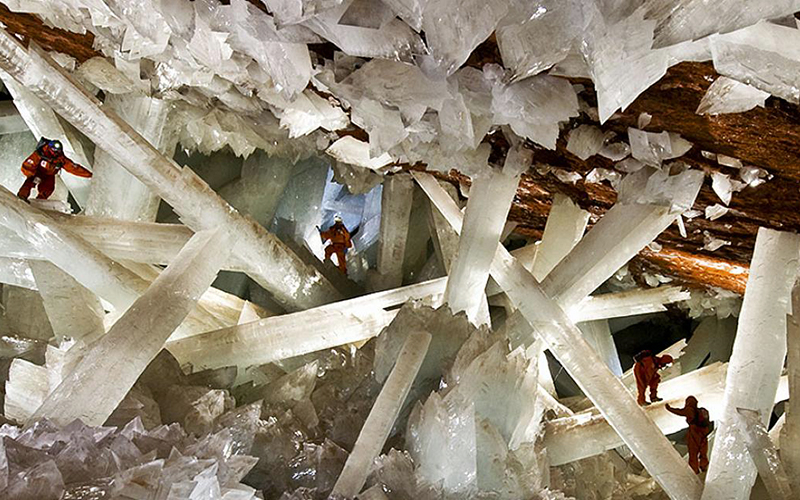
Photo: Báo Nhân dân 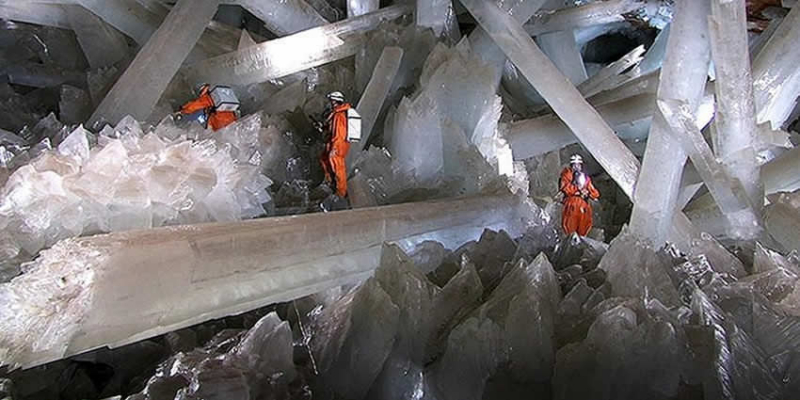
Photo: Mexican Routes | Visit and Explore Mexico -
The Sistema Sac Actun cave system in the Yucatán peninsula is recognized as the world's largest and longest underwater cave system after discovering the two largest interconnected cave systems in the Mexican peninsula. And of course, it ranks the first place on our list of the most beautiful caves in Mexico.
This majestic cave is one of the most important undersea archaeological sites in the world. The cave has more than hundreds of archaeological relics, one of the discoveries that prove the first American arrival on the peninsula, as well as finds evidence of the fauna of the region extinct and relics of the ancient Mayan culture.
This cave has a water level extending over 345 kilometers. It is widely believed that the water level in this cave has changed more or less over time when it is possible that the amount of water around the peninsula could be used to supply water during periods of severe drought. There was a period of the end of the Ice Age when the water level in the cave increased by 91 meters, causing the cave system to be completely submerged, leaving traces of prehistoric animals. However, it is worth mentioning that the cave is completely submerged so humans cannot live here, but remains have been found in a few areas here.
This is truly a one-of-a-kind area in the world, where a treasure trove of archaeological artifacts is preserved and located intact in the cave. This is known as a wonder that every visitor cannot ignore when coming to Mexico.
Location: Quintana Roo, Mexico
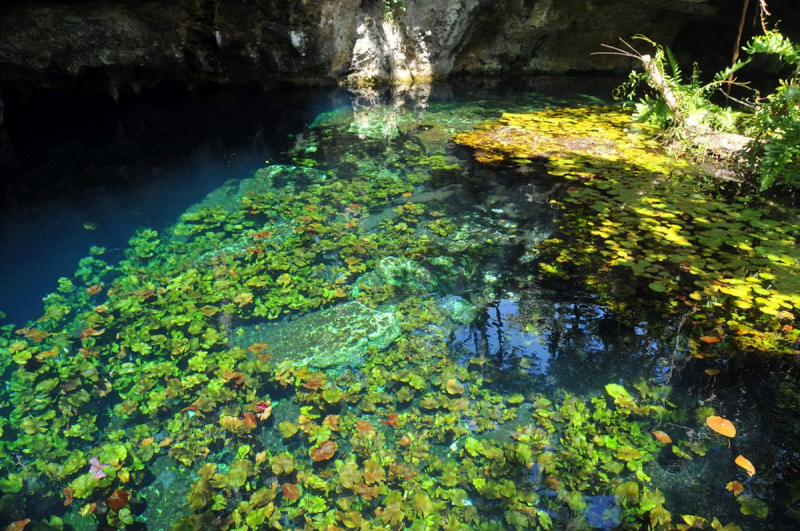
Photo: Wikipedia 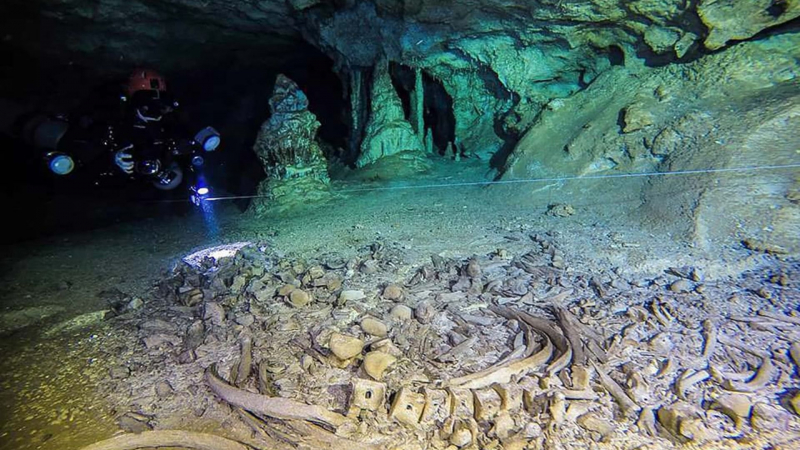
Photo: NUsites -
Sistema Ox Bel Ha stands at the third position on the list of most beautiful caves in Mexico. America is indeed the birthplace of many large caves, ranked third in the list of most beautiful caves in is Mexico, Sistema Ox Bel Ha cave. The cave has a cave length of 257.1 km. Unlike many other dry caves, this place holds a huge amount of freshwater to supply the area. This is considered the most beautiful and magnificent cave in Mexico, which tourists around the world often visit.
The name Sistema Ox Bel Ha means 3 underwater passages, this cave is one of the most important sources of fresh water in the state of Quintana Roo. Sightseeing tours and diving to explore the Sistema Ox Bel Ha cave are usually held in the summer when the cool climate is suitable for water activities. In the summer, many tourists visit Sistema Ox Bel Ha because this is the right time to explore the different areas of the cave and enjoy swimming.
Location: Quintana Roo, Mexico
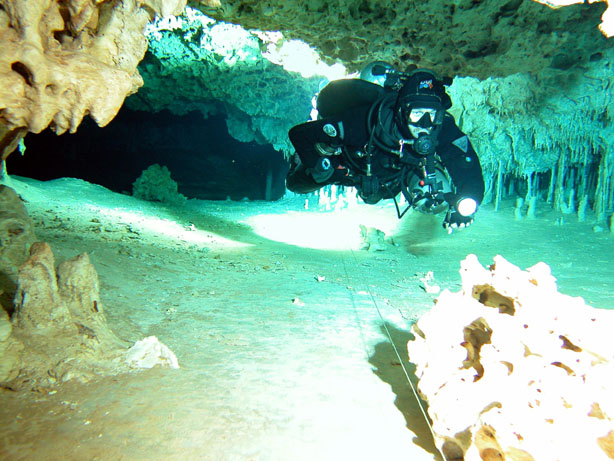
Photo: Global Underwater Explorers 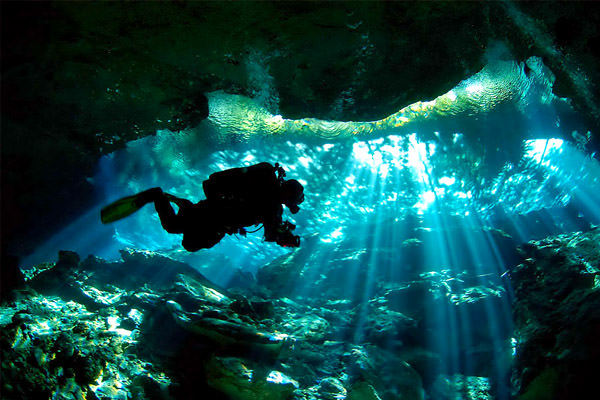
Photo: OrangeSmile.com -
Cacahuamilpa is known as one of the most beautifu caves in Mexico and the largest cave systems in the world. Underneath CERRO DE LA CORONA (Crown Hill), in the Grutas de Cacahuamilpa National Park, is the Cacahuamilpa cave about two kilometers long. It is known to the locals by many names, the most famous of which is “Salachi”. Archaeological excavations in the caves that have found pieces of pre-Colombian pottery in their interiors are a notable attraction. Excavations in the caves have produced broken pieces of pottery.
The nearby tourist town of Taxco hosts an annual summer concert series, Jornadas Alarconianas, in memory of Taxco's native writer, Juan Ruiz de Alarcón. The Cacahuamilpa Caves will host at least one of these concerts each year, with the symphony orchestra being the most popular performer. This is a tourist attraction when coming here.
Today, visits to the caves are only done with a guide. The tour usually includes stories about the legend of the cave, and the guide will point out the many brightly lit stalactites, stalactites, and columns found inside.
Location: Cacahuamilpa
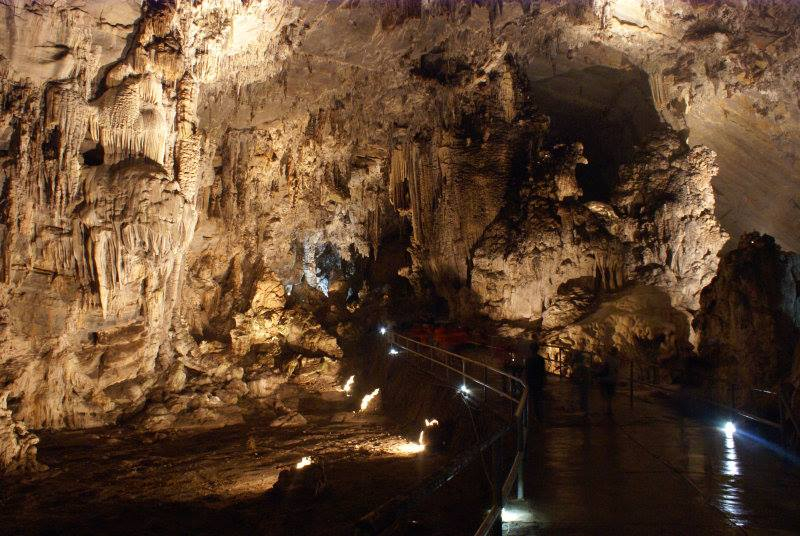
Photo: Gobierno de México 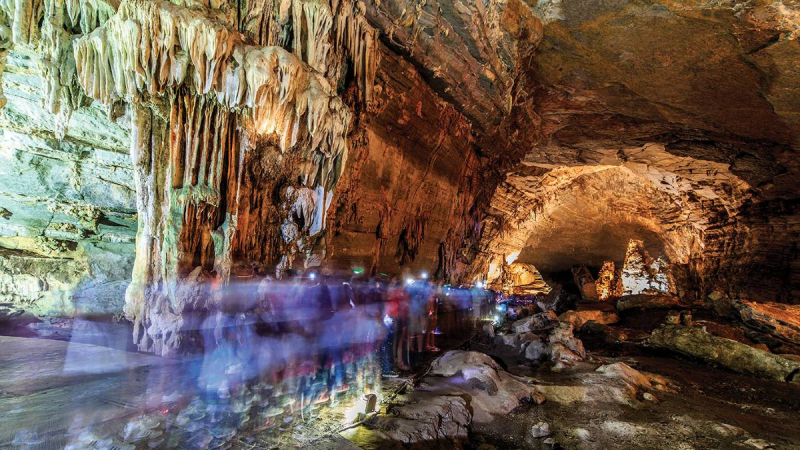
Photo: El Souvenir -
Located in the mountains of the northeastern Mexican state of Nuevo León, and just a 30-kilometer drive from Monterrey is the Grutas de García - Mexico's most beautiful limestone cave.
The caves were discovered in 1843 by Father Juan Antonio Sobrevilla, who came across them by chance while casually exploring the area. Grutas de García stretches for more than 3.5 kilometers inside the Cerro Del Fraile mountain. When entering, there are two paths, one is 2.5 km long with 16 separate compartments, while the other is 1 km long with 11 compartments.
Consisting mainly of limestone, the caves have many stalactites and stalagmites. Many of the formations are named 'Rooms of Light' because of the light that penetrates the rocks. One of the most fascinating formations is 'El Mirador de la Mano', a stalactite that grows like a giant hand in miniature. The caves inside look like a rocky desert landscape with a longitude of 300 meters and a depth of 105 meters. Like most caves, these caves maintain a temperature of about 18 °C (65 °F).
Location: García
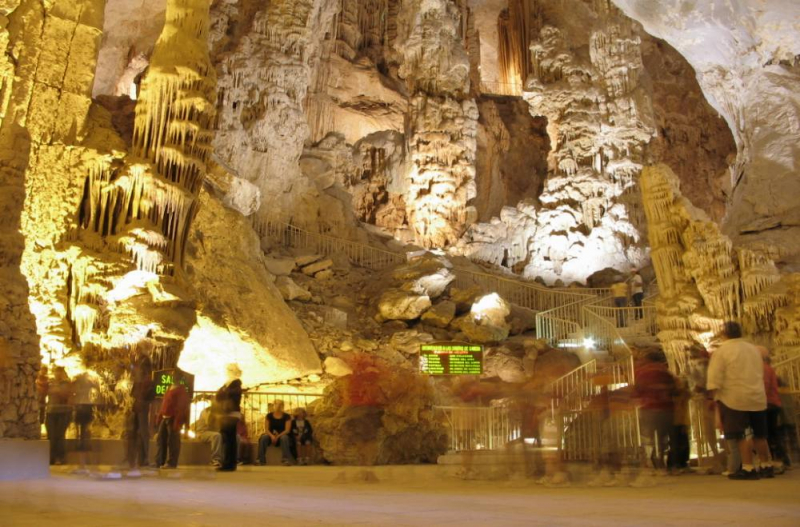
Photo: Hoteles City Express 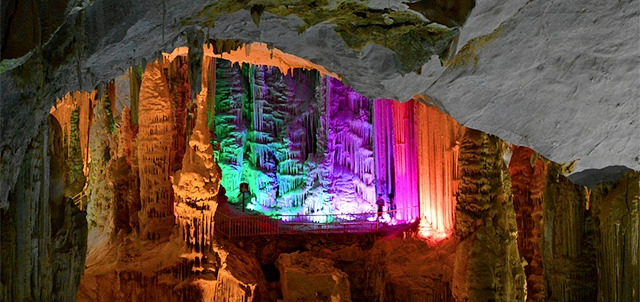
Photo: ZonaTuristica -
The largest cave shaft in the world is home to thousands of bird species and is popular with BASE jumpers ( BASE stands for Building, Antenna, Bridge, and Earth).
Called Sótano de las Golondrinas in Spanish and the Cave of Swallows in English, it is the largest known cave shaft in the world and the second deepest in Mexico. The cave is named for the green macaws and white-collared parrots that live along its walls. Every day, the birds fly in concentric circles up the shaft of the cave before flocks spill out of the hole into the jungle.
The cave has recently become home to a number of newer aerial species, namely vertical caves, and stand-hopping animals. A popular destination with extreme sports enthusiasts, it is high enough for BASE jumpers to jump off the edge and free-fall seconds before deploying their skydiving.
Location: Huehuetlán
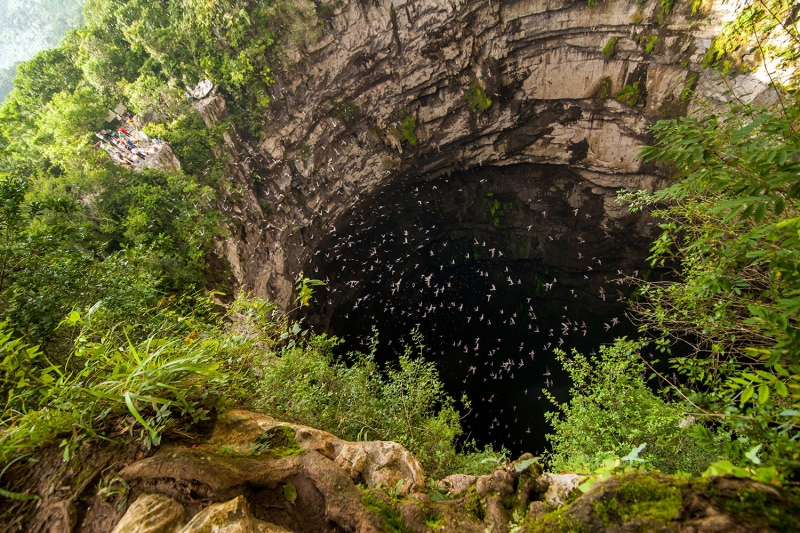
Photo: San Luis Potosí 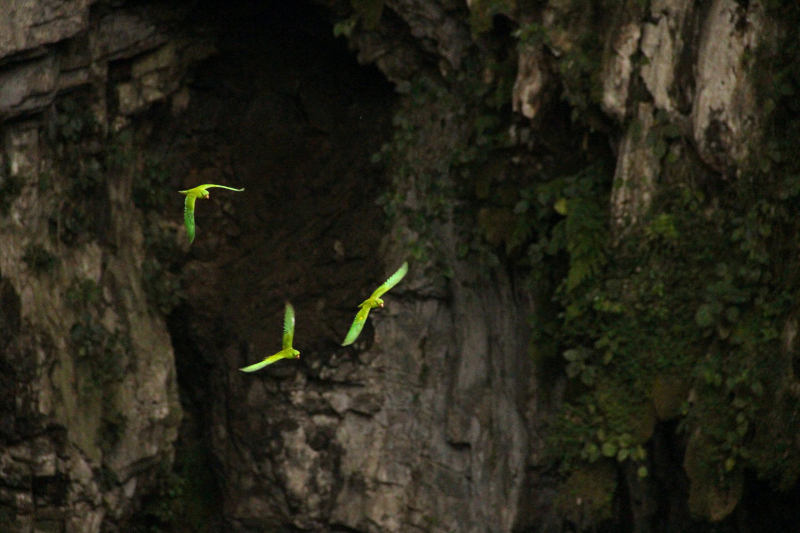
Photo: Zenger News -
Cenotes in Mexico can be easily visited, whether from towns or major cities. In the Mexican town of Valladolid is Zaci Cenote. It is the only Cenote in the country located in a town. Zaci Cenote is famous for being surrounded by nature and lush greenery.
What sets Cenote Maya Zaci apart from others is that it is a huge cave, but only half of it is covered, the other half is open to the sky with tons of light coming in. It's a beautiful cenote, with stone walls covered in greenery, and even drooping stalagmites and stalactites.
A rare cenote, you may find that on certain days you have your own Cenote Zací. More popular with residents than tourists, this subterranean pool is relatively small but perfectly formed and you can jump off a monstrously high-looking ledge or simply descend to the edge. outside of the stairs to get to the stairs that lead you down to the water. It is extremely quiet and the entrance fee is lower than many other cenotes. Going for a swim at Cenote Zaci is a great idea to escape the heat of Valladolid, and its location is convenient for anyone to get to.
Location: Valladolid
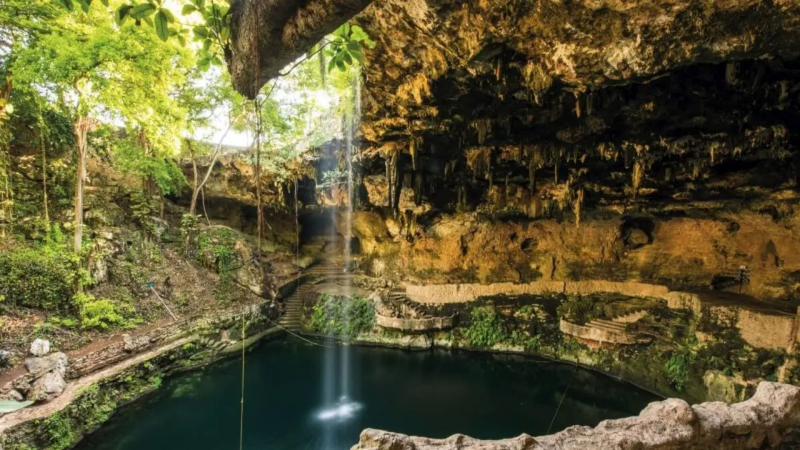
Photo: Con La Mochila 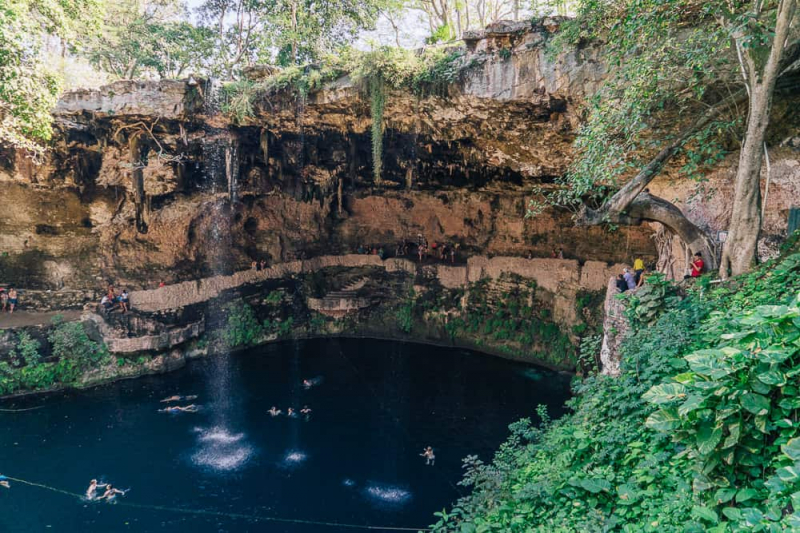
Photo: Jonny Melon -
Sistema Huautla in the Sierra Mazateca mountains in the southern Mexican state of Oaxaca is known as the largest cave system in the world with many hidden mysteries. Due to the depth and mystery inside the cave's nature, this place becomes the cave that attracts most explorers when they set foot in Mexico.
Recently, many surprises about this cave continue to be discovered, after a group of scientists was trapped inside because of a large flood. The Sistema Huautla cave system is even larger and deeper than human imagination.
Location: Oaxaca
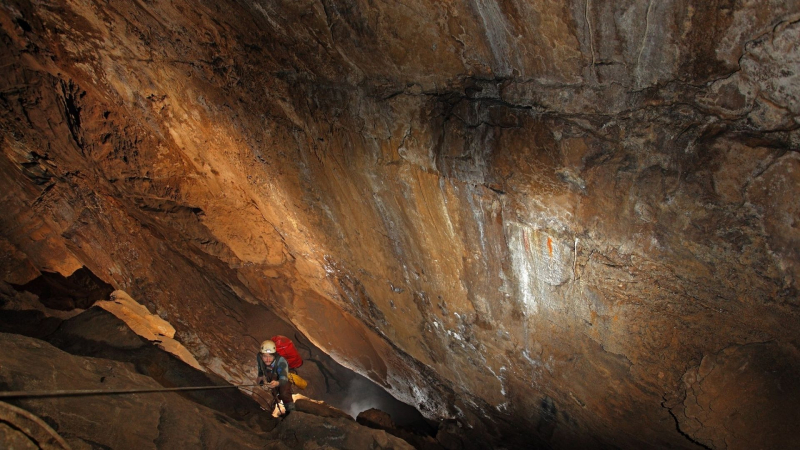
Photo: Wikipedia 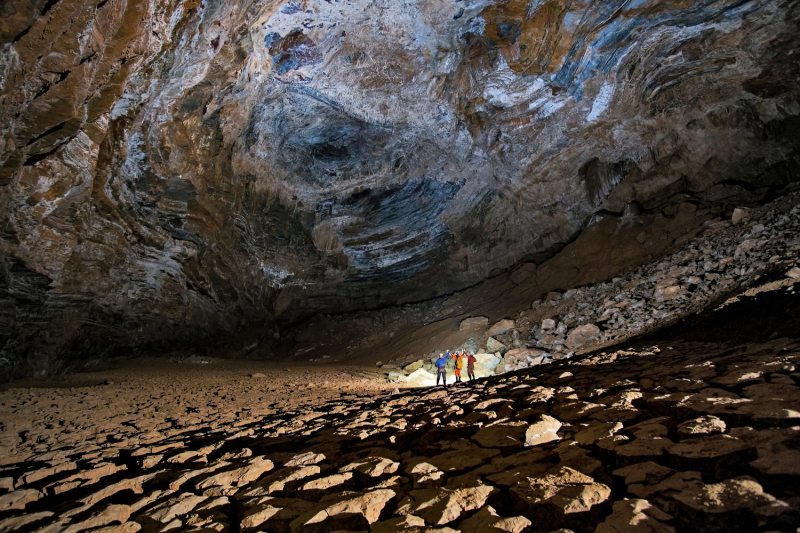
Photo: Beyond the Sump -
Contributing to the largest and most beautiful caves in Mexico, it is impossible not to mention Dos Ojos cave. Dos Ojos is part of a flooded cave system north of Tulum, on the Caribbean coast of the Yucatán Peninsula, in the state of Quintana Roo, Mexico. The discovery of Dos Ojos began in 1987 and continues. The survey range of the cave system is 82 km and there are 28 known entrances to the sinkholes, known locally as cenotes. In January 2018, a link was found between Sistema Dos Ojos and Sistema Sac Actun. The smaller Dos Ojos became part of the Sac Actun, making the Sistema Sac Actun the longest known underwater cave system in the world.
Dos Ojos lies to the north of the remains of the Sac Actun cave system. As a separate system, Dos Ojos remains in the top 10, if not the top 3, the longest underwater cave system in the world since the late 1980s. Dos Ojos contains the deepest known passageway. in a cave at Quintana Roo with a depth of 119.1 meters located in the "Pit" discovered in 1996 by caving explorers who arrived from the main entrance about 1,500 meters away. Deep passages include "The Wakulla Room", "The Walkway Outside the Main Base", "Jill's Room", and "The Next Generation Pass".
This is truly a great mysterious work of nature that people continue to admire, conquer and discover.
Location: Quintana Roo,
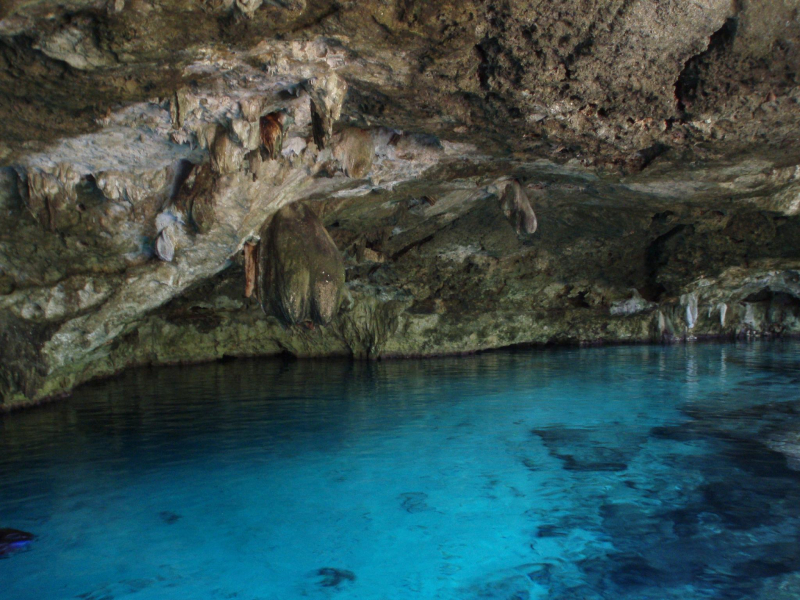
Photo: Wikipedia 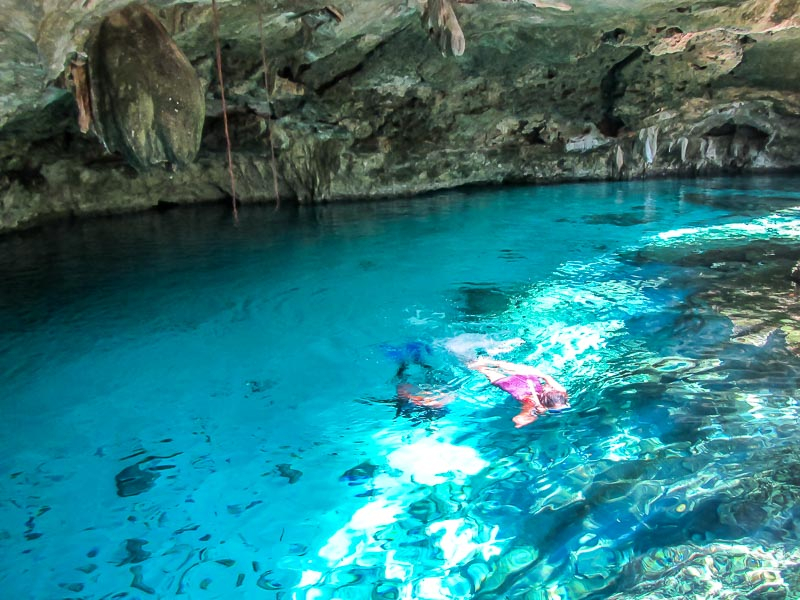
Photo: Wikipedia -
In the Mexican jungle just outside the ruins of the Mayan city of Tulum, a series of sinkholes and jungle caves lead to an amazing underwater world. One such opening is Angelita Cenote: a 200-foot-wide chasm that opens abruptly from the surrounding jungle. The cave was created by the crumbling of porous limestone as water crept in and hollowed out the space. The open-pit was even worshiped as a holy site by ancient Mayan cultures, hence its name; "Cenote" is a derivative of a Mayan word meaning "sacred well".
In addition to the natural beauty of the surrounding lush jungle setting, the flooded Angelita Cave also has a unique quality: there seems to be a separate river running near the bottom of the hole filled with water. This illusion is a chemical product of water. Different parts of the water in the caves have different salinities, causing the denser water to sink to the bottom, where it looks like a misty river.
Angelita Cenote is a popular dive spot despite the difficulty of scuba diving due to the remote location of the entrance and the underground nature of the diving operation. However, adventurers are rewarded with a one-of-a-kind view of the underwater “river”.
Location: Yucatan Peninsula
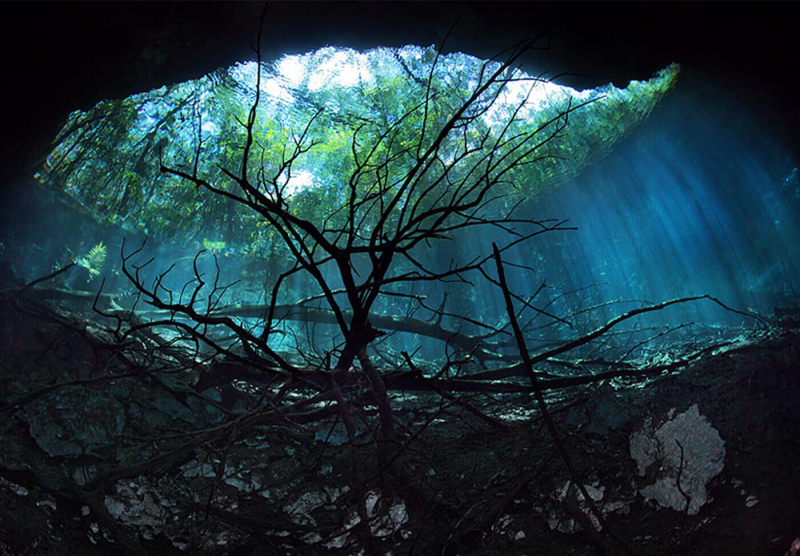
Photo: MyBestPlace 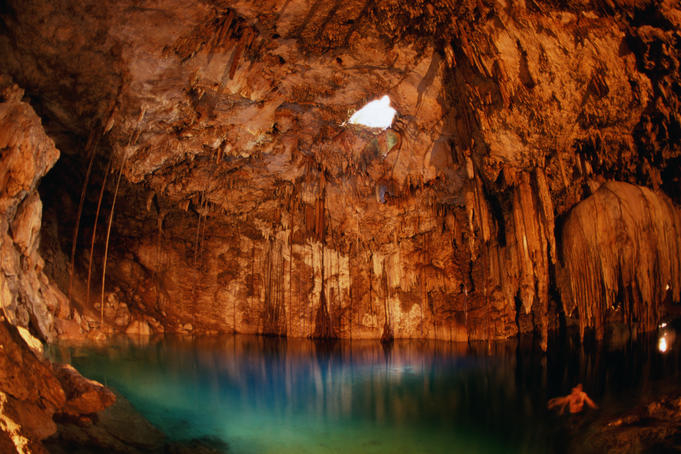
Photo: HRV.COM












